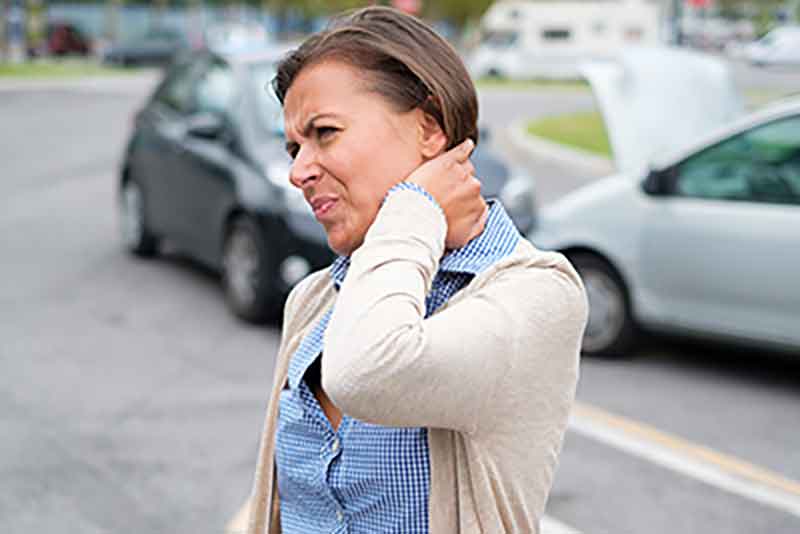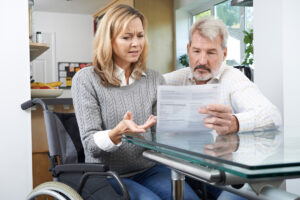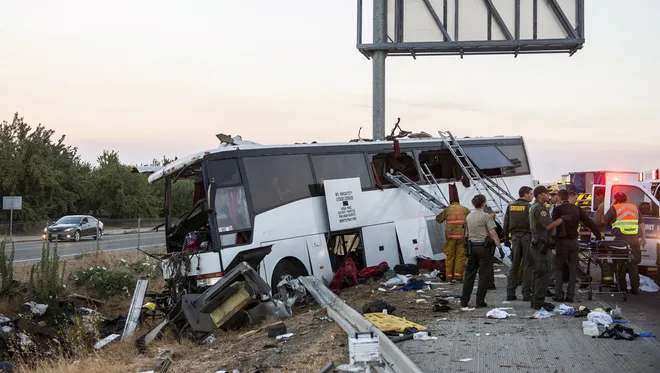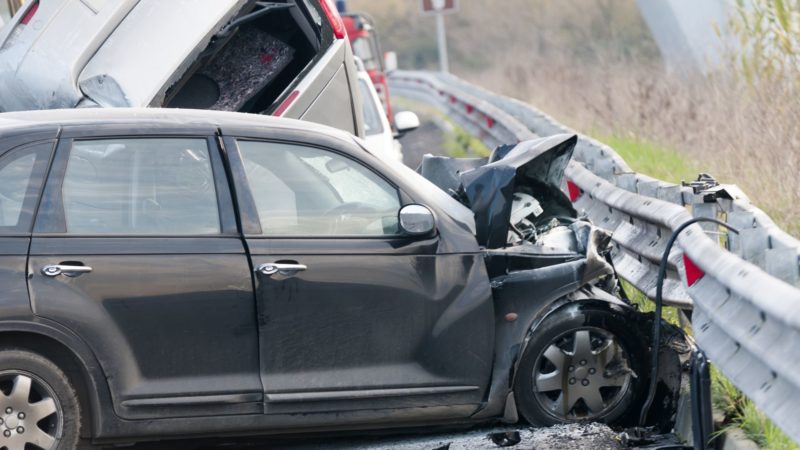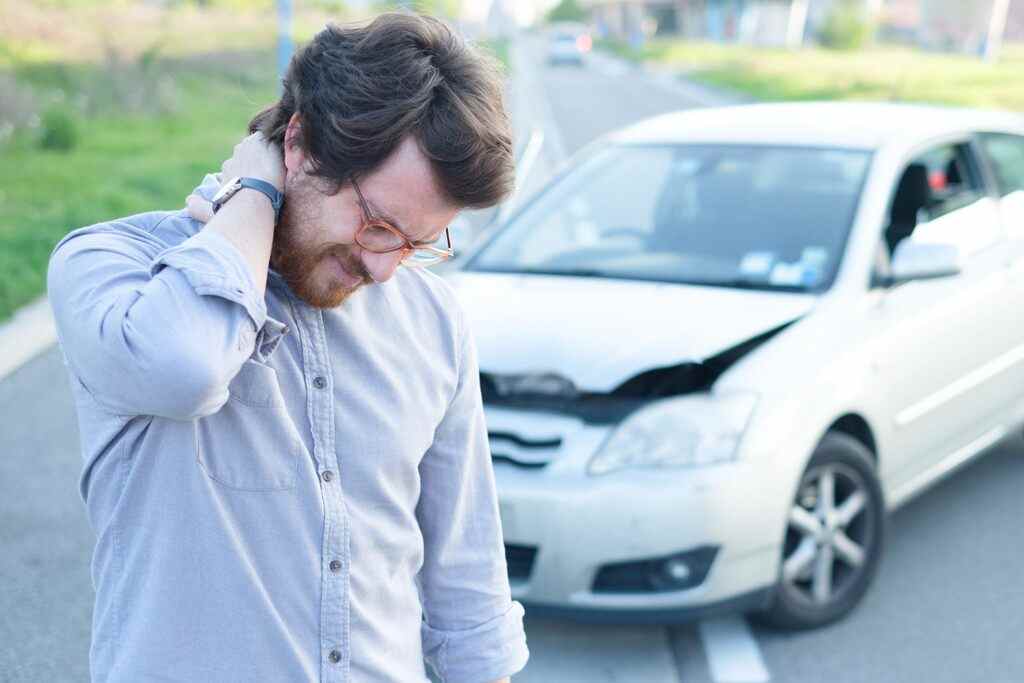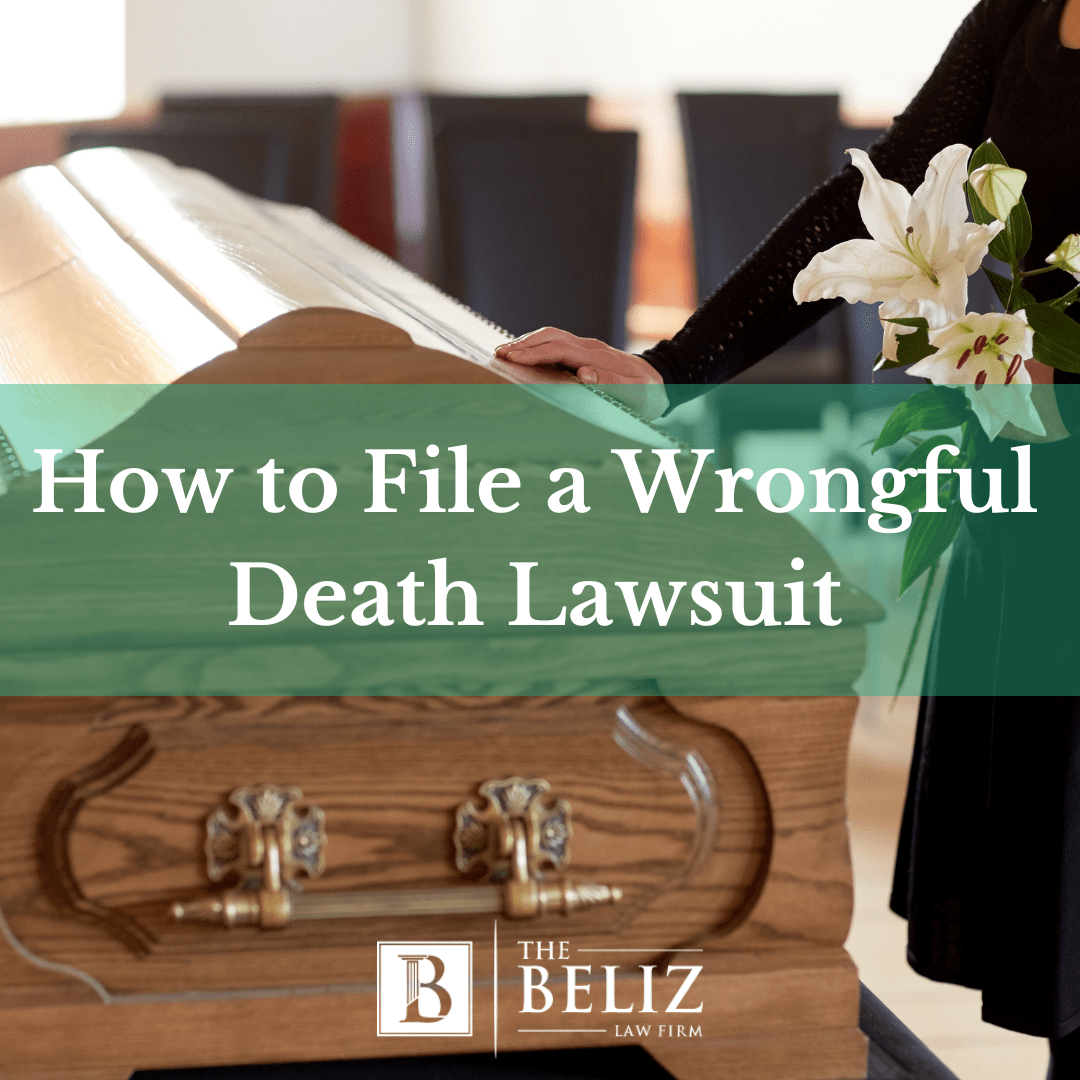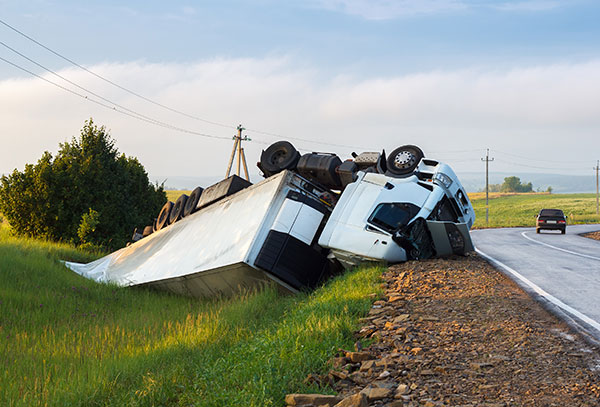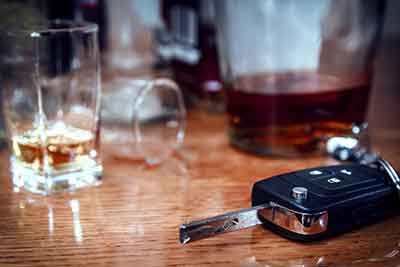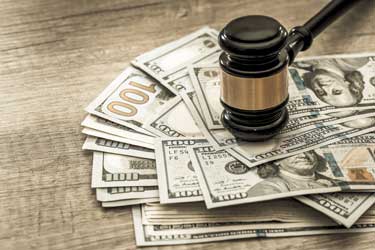 Car Accidents
Car Accidents
What’s the Average Settlement for a Pedestrian Hit by a Car?
Nov 19, 2024 | Read Time: 4 minutesBeing hit by a car as a pedestrian can be life-changing. Suddenly, you’re faced with medical bills, physical pain, and, most likely, time away from work. You might wonder, What is the average settlement for a pedestrian hit by a car? Unfortunately, the answer isn’t always straightforward. Factors like the extent of your injuries, the driver’s insurance, and the nuances of California’s laws affect your potential settlement. Understanding how these settlements work can help you make the best choices during this challenging time. If you’re in California and considering filing a claim, contact The Beliz Law Firm for guidance. We can help answer your questions, explain your rights, and work to get you the compensation you deserve. Step 1: Understand What Goes into Pedestrian Accident Settlements When looking at the average settlement for a pedestrian hit by a car, it’s important to know what factors determine the final payout. Pedestrian accident settlements can vary widely depending on certain details, including: These factors will all affect your settlement amount. In your situation, it’s natural to wonder, “I was hit by a car; how much money will I get?” While it’s natural to look for a number, you should keep in mind that every case is unique. Even cases that look similar on paper can end in different outcomes due to small but important details. An attorney can help by carefully examining these details and presenting them in a way that strengthens your claim, ensuring that no factor is overlooked when negotiating your settlement. Step 2: Research Average Payouts for Pedestrian Accidents in California The average payout for pedestrian hit-by-car cases in California can vary significantly. As mentioned, much of this depends on the unique details of your case. Settlements for minor injuries, such as sprains or bruises, tend to be on the lower end, while more significant injuries, like fractures, usually result in higher payouts. For severe injuries, such as brain trauma or permanent disabilities, settlements can reach much higher amounts, sometimes covering substantial medical expenses and long-term needs. Your pedestrian hit-by-car settlement amount largely depends on the evidence you provide to demonstrate the accident’s impact on your life. Gathering documentation, like medical records, pay stubs, and photos of your injuries, can make a meaningful difference in negotiating a fair settlement. Step 3: Take Steps to Start Your Claim If you’re considering seeking damages, follow these steps to make the process of starting your claim easier: The Beliz Law Firm can be your guide during this process. We understand the complexities of pedestrian accident cases and will work hard to make sure you get fair compensation. Don’t face this process alone—reach out to a firm that knows how to handle arguing for compensation for a pedestrian hit by a car. Considerations Affecting the Settlement of Pedestrian Accidents Several specific parameters can impact your settlement amount. Here are some that play a significant role in pedestrian settlements: California’s Comparative Fault Law California follows a comparative fault rule. This means that if you, as the pedestrian, share any fault for the accident, it may lower your settlement. For instance, if you were jaywalking, the other party might argue that you are partly responsible. However, as long as the driver is found to have some share of fault, you can recover some damages. The Driver’s Insurance Limits The driver’s insurance coverage can also impact your settlement. California drivers must have liability insurance, but limits can vary. If the driver has minimum coverage, there may not be enough to cover your expenses. In such cases, underinsured motorist coverage or other options might help bridge the gap. Pain and Suffering Damages Aside from covering direct costs like medical bills, settlements also include pain and suffering compensation. Pain and suffering damages include physical discomfort and emotional distress caused by the accident. These damages can be more difficult to calculate, which is why we recommend using a journal. Sometimes, pain and suffering makes up a significant part of the settlement. Let The Beliz Law Firm Guide You to the Best Outcome The settlement process can feel overwhelming on your own. The Beliz Law Firm, founded by Michael A. Beliz, has a track record of helping injured clients across Southern California get the settlements they deserve. With years of experience in personal injury law and millions recovered for clients, Michael Beliz understands how to navigate complex cases, from car accidents to pedestrian injuries. Each pedestrian accident is unique, and having a professional evaluate your situation can give you a clearer picture of what compensation you might expect. With The Beliz Law Firm, you’ll have an advocate who understands the nuances of calculating an average payout for a pedestrian hit by car cases and can help you make the strongest case possible. Call The Beliz Law Firm today or contact us online to set up a free consultation and learn more about your rights as a pedestrian hit by a car in California.
Continue Reading